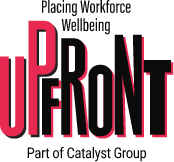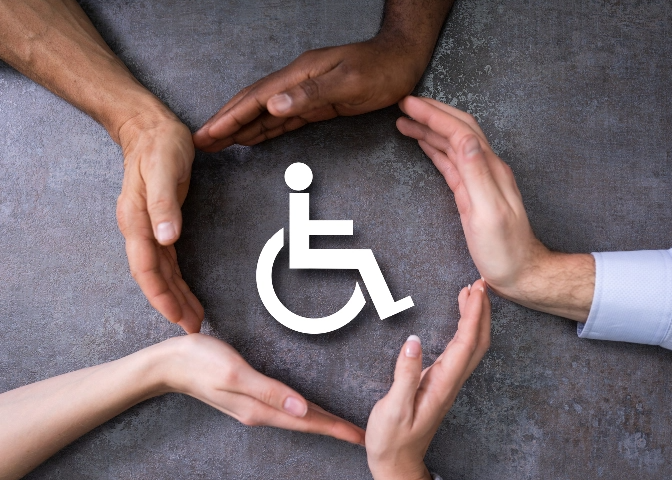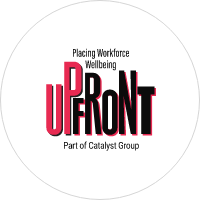Participation of People with Disability in the Labor force – The Future of Work
As the world advances towards the ‘Future of Work’, it is important to pay attention to the present realities, challenges, and immense scope that exists for people with disabilities. To ensure that People with Disability (PwD) have the right to equality, life with dignity, and respect for their own integrity equally with others, “decent work for all” has been promoted through Sustainable Development Goal 8 for inclusive and sustainable economic growth. India has also ratified the United Nations Convention on the Rights of Persons with Disabilities and the Rights of Persons with Disabilities Act passed by the Indian Parliament in 2007 which promotes employment safeguards for people with disabilities. However, the statistics indicate that labour market inclusion of people with disabilities needs serious prioritisation as the poverty disability gap and the inequity for disabled people continue to rise.
India has 2.68 crore PwDs, of which 1.5 crore are male and 1.18 crore are female (MoSPI 2016). According to a recent report, out of these 3 crores (approx.) of people with disabilities, around 1.3 crores are employable, and the Labour Force Participation Rate (LFPR) in India is 23.8% as per the report from the NSS 76th Round. LFPR for the male population is 36%, and for the female population, it is just 7%. This means around 80 percent of the people with disabilities who could join the workforce are unemployed, and for women with disabilities, the disparity is even larger.
The DEI Agenda and Lack of Disability Inclusion
There are many studies and reports that establish that diversity is important for businesses and workplaces. However, it is important to unpack diversity. Diversity is more than race and gender. According to the World Economic Forum, approximately 1.3 billion people in the world live with a visible or non-visible disability. That’s roughly 17% of the global population which means that people with disabilities are the largest minority group worldwide. Despite the significance of this demographic, disability inclusion often falls at the end of a long list of other diversity, equity, and inclusion priorities.
Importance of data
The last decade has witnessed discussions about the inclusion of people with disabilities across the stakeholders in the development space with very limited emphasis on evidence for action and results. Strong data highlighting the issues, gaps, and needs of people with disabilities can help address the problem of inaction at the practice and policy levels. Data and evidence can potentially enhance investments and accountability nationally and globally. While working on generating evidence and building on data, it is important to note that disability is not homogeneous. There are various types of disabilities, including sensory, physical, mental, intellectual, and learning disabilities. The disability may have been present from birth or acquired at any point throughout their lives. The approach in current disability statistics ignores the implications that different disability types concur with different likelihoods of work exclusion. The data needs to address the gaps related to intersections between disability, gender, race, and poverty.
Cost of Inaction
As per the World Economic Forum, there is a strong business case for strengthening inclusion of people with disabilities. The cost of excluding people with disabilities represents up to 7% of GDP in some countries. With 28% higher revenue, 30% higher profit margins, and strong next-generation talent acquisition and retention, a disability-inclusive business strategy promises a significant return on investment.
Apart from the economic costs of exclusion of people with disabilities from work, the inaction takes away their right to work with respect and dignity.
Role of the private sector beyond compliance
The Rights of Persons with Disabilities Act, 2016 and the Rights of Persons with Disabilities Rules, 2017, India brings the private sector into its ambit by providing a statutory framework to ensure equal opportunities are provided to persons with disabilities in all organisations. Apart from fulfilling the responsibilities and duties under the law, which include equal opportunity policy, compliance with accessibility norms, ensuring prevention and response to discrimination, etc., the private sector has a larger role to play. It starts from educating ourselves to following a systems approach to ensure accountability, inclusion, and investments to increase the opportunities, participation, and growth of people with disabilities in the world of work.
Power of Diversity in Voices
Last but not least, we need to strengthen the power of diversity by amplifying the voices of people with disabilities themselves. More representation of people with disabilities across various intersectionalities (gender, race, age, etc.) needs to be in decision-making processes that ultimately protect their rights and affect their lives.
Sources of data:
https://pib.gov.in/PressReleasePage.aspx?PRID=1593253
https://www.mospi.gov.in/sites/default/files/publication_reports/Report_583_Final_0.pdf


